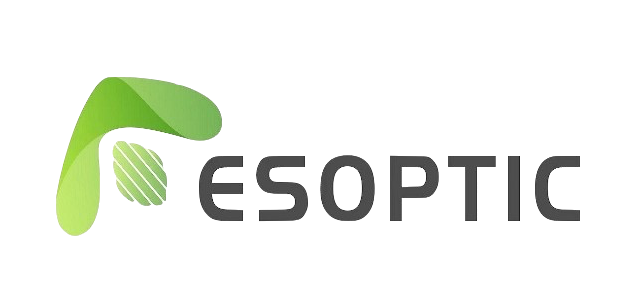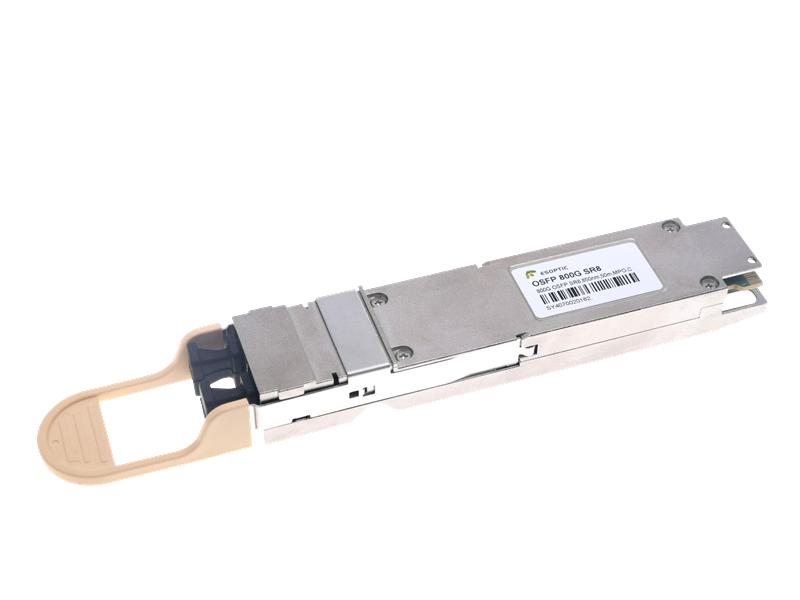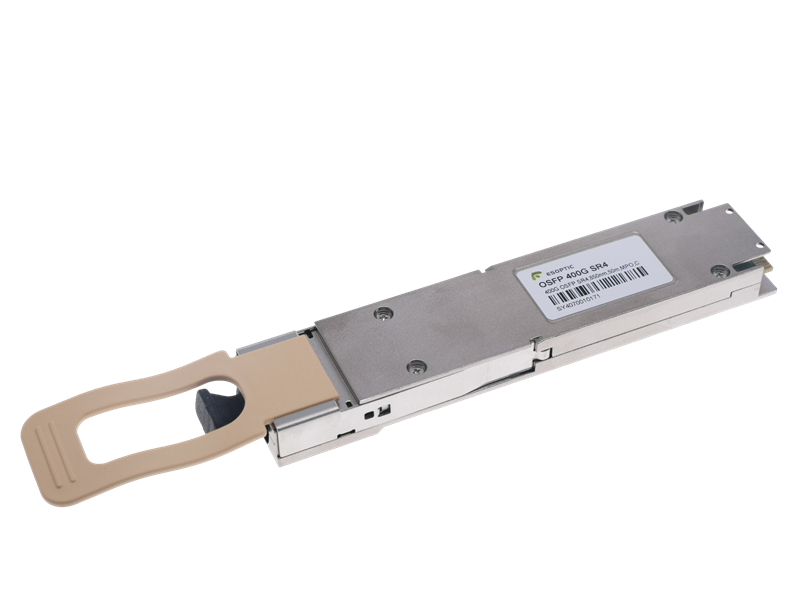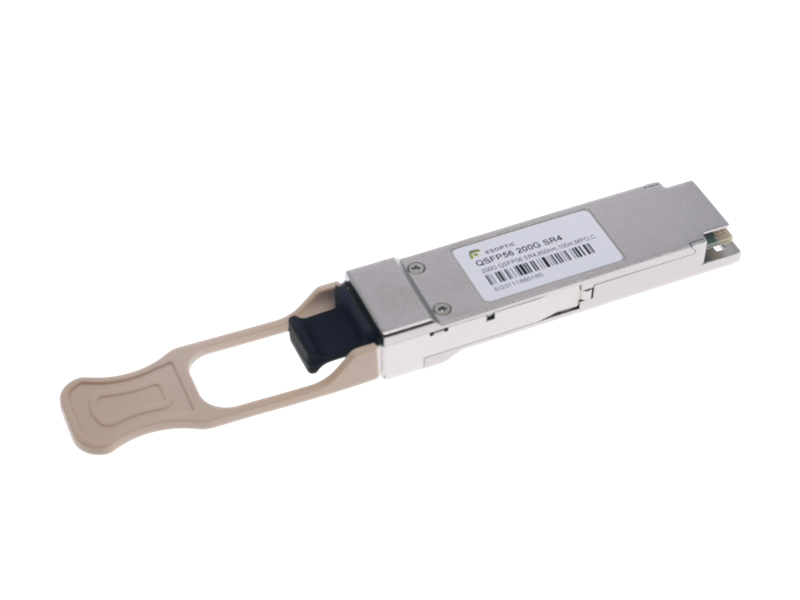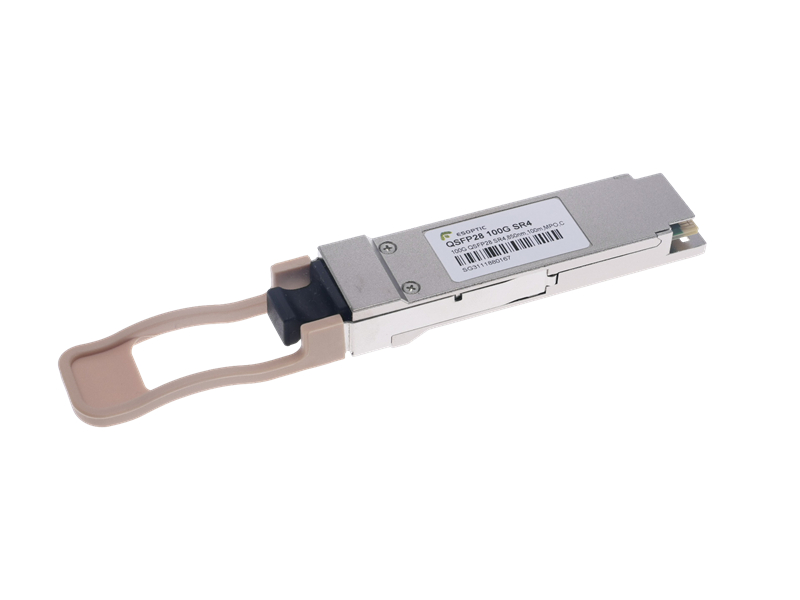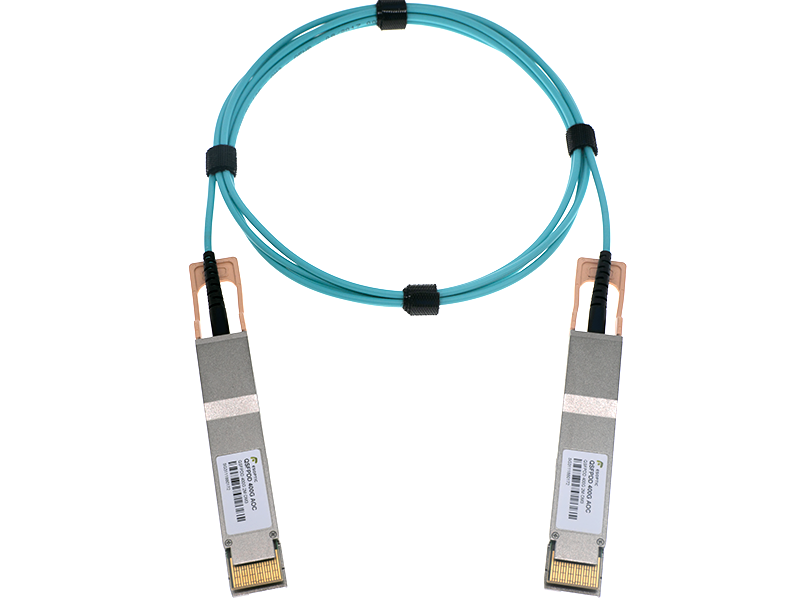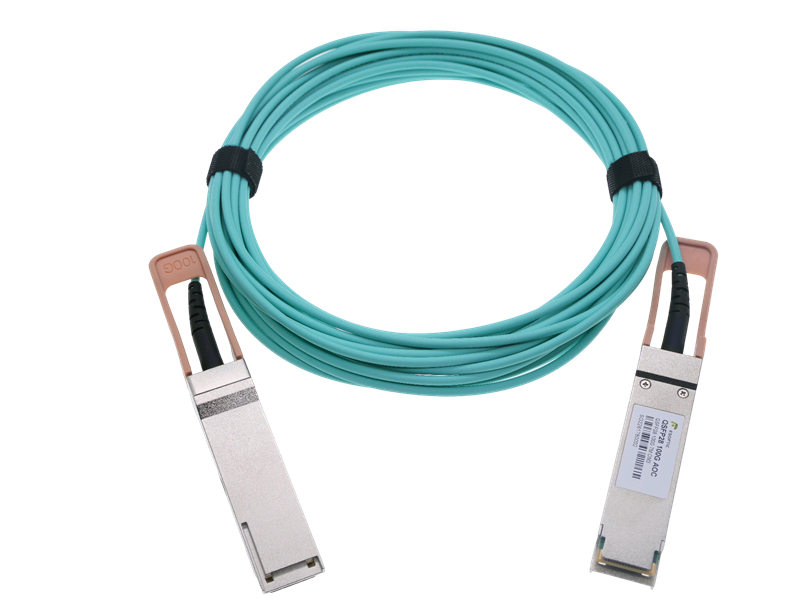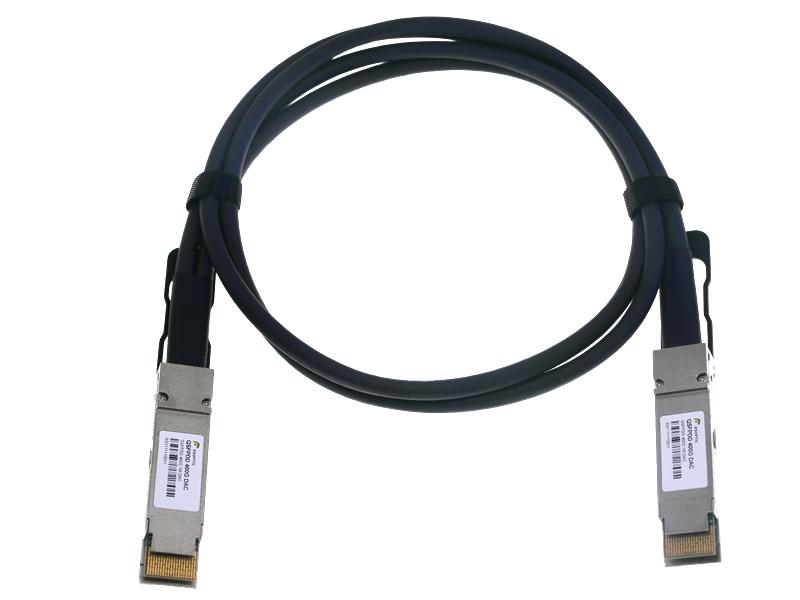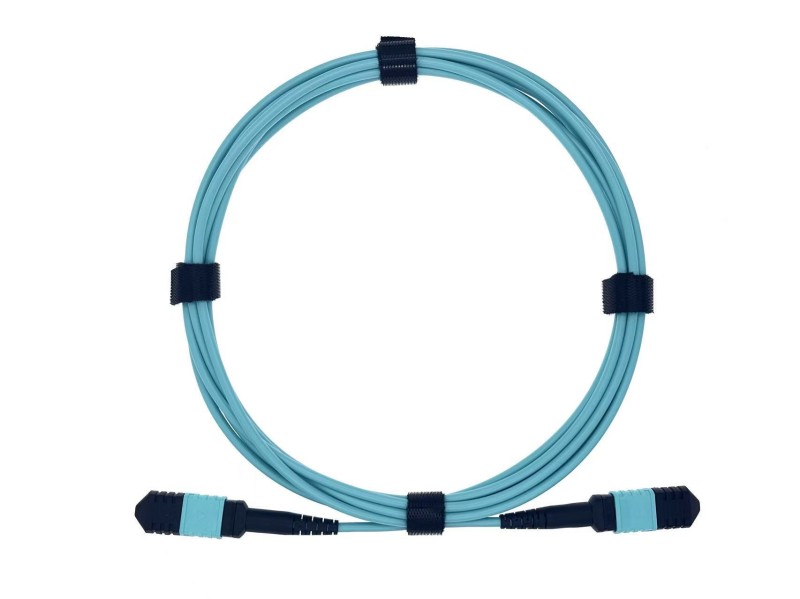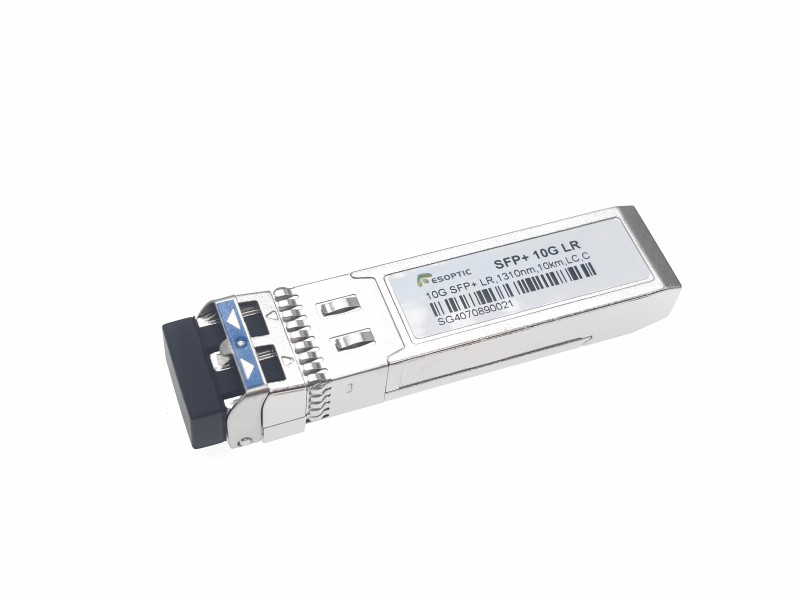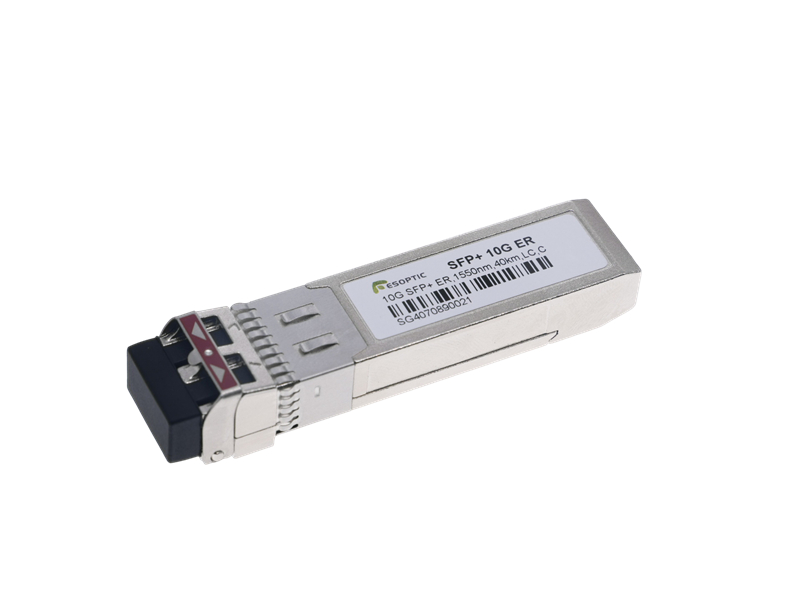In the world of optical communication, cable performance is measured not only by speed and bandwidth, but also by safety. Among the most critical safety considerations is the cable fire rating. With dense cabling systems in data centers, telecom facilities, and HPC clusters, the potential impact of fire is too great to ignore. This is why fire rating standards, and the use of LSZH (Low Smoke Zero Halogen) materials, are essential.
What is Cable Fire Rating?
The cable fire rating defines how a cable behaves under fire conditions. It considers flame spread, smoke production, and toxic gas emissions. For optical cables, these factors are vital because dense deployments can accelerate fire propagation. LSZH jackets have become the preferred choice worldwide, significantly reducing smoke and halogen-based toxins during combustion, protecting both people and equipment.
U.S. NEC Standards
The U.S. National Electrical Code (NEC) sets strict classifications for optical fiber cables:
OFNP (Plenum): The highest cable fire rating, suitable for air-handling spaces. Often combined with LSZH for maximum safety.
OFNR (Riser): Flame-resistant for vertical shafts, slightly less strict than Plenum.
OFN/OFNT (General Purpose): Basic fire rating, used for standard installations.
EU CPR Standards
The European Union regulates fire performance through the Construction Products Regulation (CPR). Cables are ranked from Aca (best) to Fca (lowest). Typical classifications include:
B2ca-s1,d0,a1: Equivalent to OFNP, requiring strict control of flame, smoke, and acidity. Often paired with LSZH.
Cca: Mid-range, similar to OFNR.
Dca / Eca: General use, comparable to OFN.
Chinese GB/T Standards
China’s GB/T standards align with international practices:
B1 + LSZH: High-level classification, comparable to Plenum/B2ca.
B2: Mid-level, similar to Riser/Cca.
B3 or ZR (Flame Retardant): General-purpose, close to OFN/Dca.
ESOPTIC Commitment to Customization
At ESOPTIC, compliance with global cable fire rating standards is only the foundation of what we deliver. We go a step further by offering customizable optical cable solutions. From selecting LSZH jackets for enhanced fire safety, to tailoring cable length, structure, and fire rating level (OFNP / B2ca / B1 LSZH, OFNR / Cca / B2, or general-purpose levels), our engineering team works closely with customers to design products that match their specific environments.
This focus on customization ensures that whether you are building a hyperscale data center, upgrading a telecom hub, or expanding an HPC cluster, ESOPTIC provides the right balance of safety, performance, and flexibility — tailored for your success.
FAQs
1. What does cable fire rating mean?
It defines how cables react under fire, covering flame spread, smoke density, and toxicity.
2. Why is LSZH important?
LSZH materials reduce smoke and halogen gases, protecting both people and sensitive equipment.
3. Are U.S. NEC and EU CPR ratings interchangeable?
Not exactly, but roughly: OFNP ≈ B2ca ≈ B1 + LSZH; OFNR ≈ Cca; OFN ≈ Dca/Eca.
4. How does ESOPTIC ensure compliance?
By designing and testing products according to NEC, CPR, and GB/T standards, with LSZH as a core material choice.
5. Can ESOPTIC provide customized cable solutions?
Yes. We offer customization in length, jacket type, and fire rating to meet diverse project requirements.
